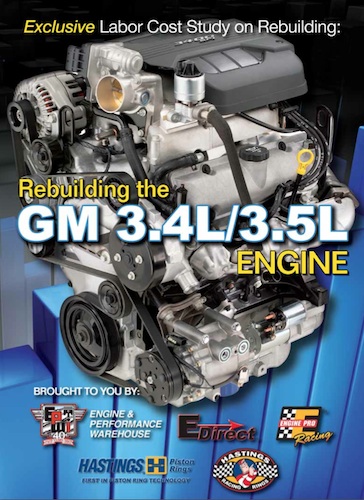 But in many cases, “performance excellence” takes a back seat to “excellent performance,” and for millions of car, minivan and crossover vehicle owners, the development and growth of the 3.4L/3.5L platform of V6 engines has been just as important.
But in many cases, “performance excellence” takes a back seat to “excellent performance,” and for millions of car, minivan and crossover vehicle owners, the development and growth of the 3.4L/3.5L platform of V6 engines has been just as important.
Back in 1980, with the introduction of its new line of front wheel drive cars, GM built an all new V6 for the Chevy Citation and the other “X” cars – the Oldsmobile Omega, the Pontiac Phoenix and the Buick Skylark. While the front wheel drive cars sold well, they had enough problems that many people still look back on that era with amazement.
The V6 engine in those cars originally displaced 2.8L/173 cubic inches, but over time it grew into a 3.1L/191 cid, a 3.4L/207 cid, a 3.5L/213 cid and finally a 3.9L/237 cid version in 2006. As it grew, GM’s technology grew as well, and the engines have gotten a roller cam, distributorless ignition system (DIS), electronic fuel injection, aluminum heads, variable cam timing, and “active fuel management” that drops three cylinders under light loads.
The level of sophistication in these engines today is impressive, according to Engine Builder Contributing Editor Doug Anderson. In the March 2011 issue of Engine Builder, Anderson took a look at two of these engines, including both versions of the latest 3.4L that was used in the Chevy Equinox (and Pontiac Torrent).
The ’05-’06 3.4L Equinox engine was built in Shanghai, China. GM called it RPO “LNJ”, but we know it as VIN code “F”. It shared the same bore and stroke as the 3.4L that was used in the FWD cars up through ’05, but it was updated in almost every possible way, starting with the block.
To download the full article including charts, click here.













